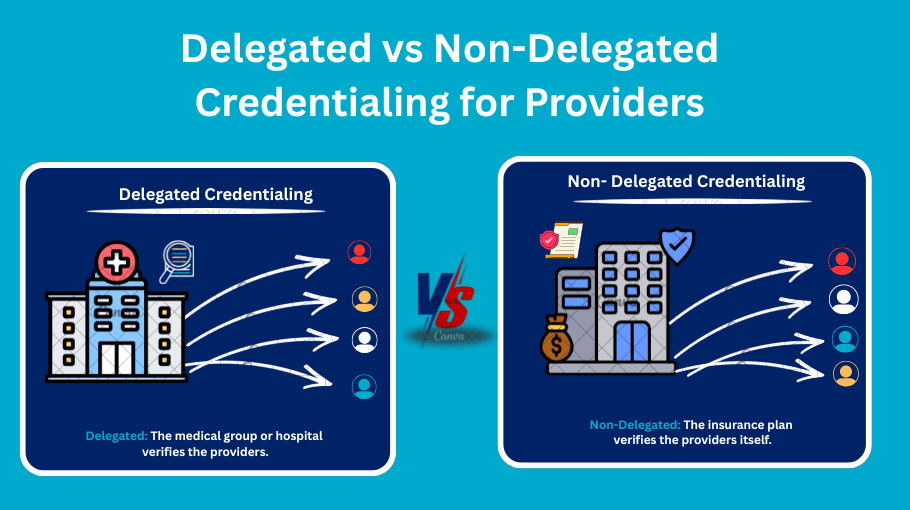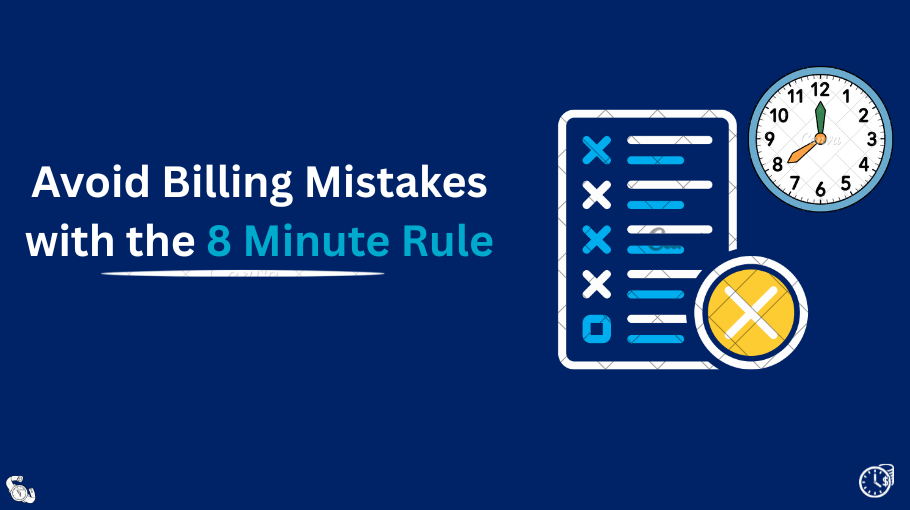What is Patient Responsibility in Medical Billing – Complete Guide

Increasingly, understanding medical billing is vital in today’s complicated healthcare system for both providers and patients. One vital component in medical billing is patient responsibility in medical billing. This is the portion of the medical bill that patients have to pay out-of-pocket after the insurance has processed the claim.
Unfortunately, patients often get confused in this process due to the confusing and often jargon-heavy nature of the billing system, the clarity of the statement, and the surprise billing. Likewise, healthcare providers are likely to experience ineffective communication of patient responsibility with regard to patient understanding, which leads to the multi-layered problems of slow payment, high claim denial, and high operational cost. This is the first of a two-part series, in which we explain what patient responsibility is, and the importance of understanding this billing concept to optimize collections and patient satisfaction.
On this Page
Understanding Patient Responsibility in Medical Billing
As this relates to insurance billing, patient responsibility refers to all of the healthcare costs that the patient is responsible for out-of-pocket, which the insurance will not cover. The costs include:
- Copayments (Copays): A flat fee that is typically due at the time of service has to be paid (e.g., $20 for a doctor’s visit).
- Deductibles: This is the amount of medical expenses the patient is responsible, out-of-pocket, to pay prior to the insurance company commending to pay a portion of the billing.
- Coinsurance: The percentage of total out-of-pocket liability the insured pays after the deductible of a policy has been met (an example is 20% of the total bill).
- Non-covered services: Services that are excluded from a patient’s insurance policy.
- Out-of-network charges: The increased costs associated with receiving services from a provider that is outside of your insurance network.
In summary, patient responsibility is the liability incurred from the patient’s healthcare services.
Importance of Patient Responsibility
An understanding of patient responsibility is important for patient and provider.
Patients
- Budgeting- Patient financial responsibility helps to create a budget for healthcare services.
- Transparent communication- Risk of patient financial surplus and patient confusion can be avoided by communication.
- Good standing- Timely healthcare payments help the patient to remain in good standing with the healthcare provider and insurance.
Providers
- Cash Flow- Patient payments, instead of insurance, patient payments are becoming a larger share of revenue.
- Denials and Disputes- Complex calculations and poor communication result in billing disputes and loss of revenue.
- Patient Relationship- Trust can be lost from the healthcare provider resulting in increased patient frustration.
Factors that Impact Patient Responsibility
There are a number of things that will determine the financial responsibility of the patient.
1- Insurance Plan Type
HDHPs tend to be more expensive for the patient from the beginning.
Traditional: can result in less expensive copays and coinsurance, although there is still a deductible that has to be met.
2- Participation of the Provider in Network
In-network providers assist the patient in incurring less financial responsibility.
Out-of-Network Providers: Typically associated with much higher out-of-pocket expenses.
3. Service Type
- Preventive Care: Typically no out-of-pocket cost.
- Specialty or Elective Services: Can result in additional costs to the patient.
4. Policy Exclusions
For some procedures (e.g., cosmetic surgery, etc.), the entire cost may be the patient’s responsibility.
5. State and Federal Regulations
Laws like the No Surprises Act, while well-intended, address some of the patient’s unexpected costs, but leave the patient with some costs.
Common Challenges Patients Face in Medical Billing
Despite having this baseline knowledge, patients still experience a number of challenges, including:
- Confusing Terminology: Terms like ‘deductibles’, ‘coinsurance’, and ‘EOBs’, in this case, can be frustrating and overwhelming.
- Lack of Upfront Estimates: Not having cost estimates makes it impossible for patients to plan.
- Delayed Billing: Patients often receive bills several months after a service, creating confusion.
- Lack of Transparency: Patients often do not know what their insurance will cover until the claim is processed.
- Payment Difficulties: Collections can be delayed due to high balances with no flexible payment options.
The Provider’s Role in Managing Patient Responsibility
Healthcare providers must ensure that patient financial responsibility is managed with due diligence. This can be achieved, in part, by:
1. Clear Communication Upfront
Trust and billing disputes can be minimized by providing cost estimates prior to the service.
2. Insurance Verification
Real-time verification of insurance eligibility allows for accurate billing and eliminates undesirable billing discrepancies.
3. Cost Estimation
Utilization of modern technology to provide potential customers with cost assessments and estimates reduces confusion and/or delays.
4. Payment Flexibility
Timely collection is achieved with payment options that include payment plans, web-based payment portals, and credit card payments.
5. Financial Education
Financial terminology related to deductibles, copays, coinsurance, and insurance plans is simplified to improve patient comprehension.
Best Practices to Improve Patient Collections
For providers and billing companies like Armored MBS, effective patient collections require a strategic, patient-first approach.
- Easy to read billing statements will improve understanding of patient billing.
- Manageable payment options, including monthly installments, increase payment compliance.
- Automated payment reminders via email, SMS, or app notifications decrease payment delinquencies.
- Designed billing systems improve patient explanations by equipping staff with trained tools to enhance their experience.
- Equitable technology utilization by patient-managed portals and billing software improves efficiency of collection systems.
The Role of Medical Billing Companies in Patient Responsibility
For a professional billing company like Armored MBS, improving provider management of patient responsibility is a strategic partnership. Our services include:
- Eligibility Verification for Accurate Benefit Information Prior to Service Delivery.
- Coding & Billing: Error Reduction
- Denial Management: Addressing claim rejection to minimize delay in billing.
- Patient Communication: Education and clarification provided in a caring manner.
- Secure Payment Solutions: Payment options that are user-friendly and HIPAA-compliant.
Healthcare organizations that partner with Armored MBS shift focus to patient care and gain the benefits of faster and better reimbursement.
Conclusion
Patient responsibility in medical billing is not just a number; it is the missing link between the patients, providers, and the insurance companies. Clear and concise communication is a must for the patients to avoid ambiguity. The providers in the system needs to handle the medical billing efficiently to maintain a healthy cash flow in the system. Healthcare providers can ensure a better situation for all participants in the system by offering benefit verification, patient education, and payment options, along with professional billing services.
Frequently Asked Questions
What do you mean by patient responsibility in medical billing?
Patient responsibility is the portion of the medical costs that patient must pay out-of-pocket after the claim has been processed by insurance, for example, copays, deductibles, and coinsurance.
How is patient responsibility determined?
Patient responsibility is determined by the structure of the insurance plan. The providers consider any unmet deductible and copay and coinsurance amounts, and apply what the insurer will cover.
Can patient responsibility also include services that insurance does not cover?
Yes. Any services excluded by the policy become the patient’s responsibility in full.
Do patients receive bills right after appointments?
Not really. For most patients, billing does not happen until after the insurance company has done their processing and sent their advertising (also called EOB).
What safeguards are in place against surprise bills?
Net of Surprise charges are the most common legislation protecting patients about their surprise bills. However, patients are still liable for all in-network copay, deductible, and coinsurance responsibilities.






